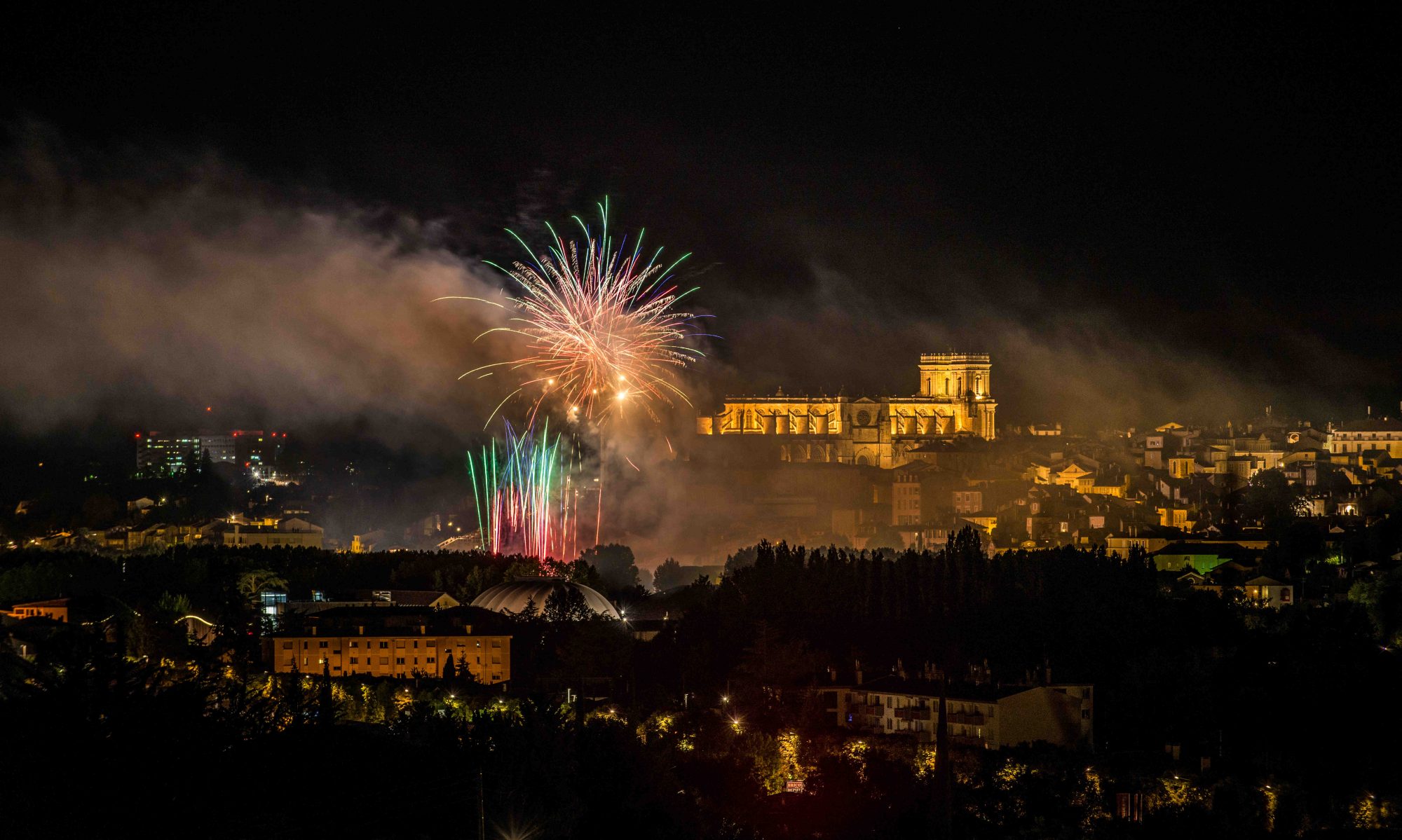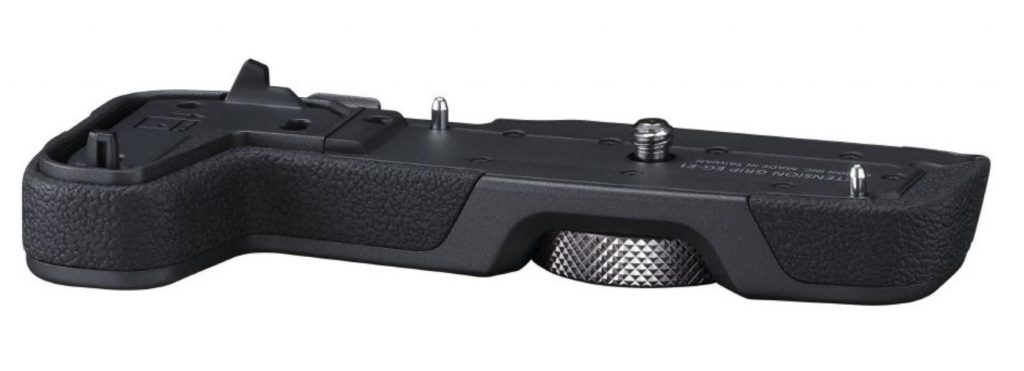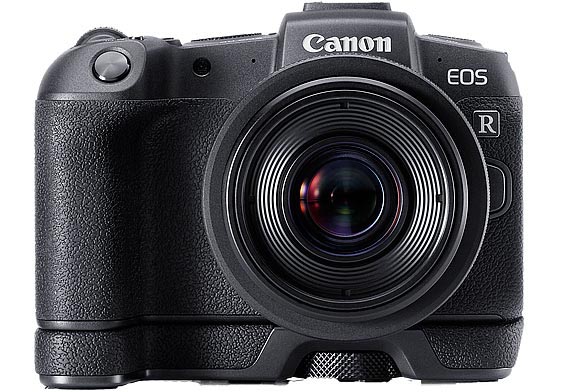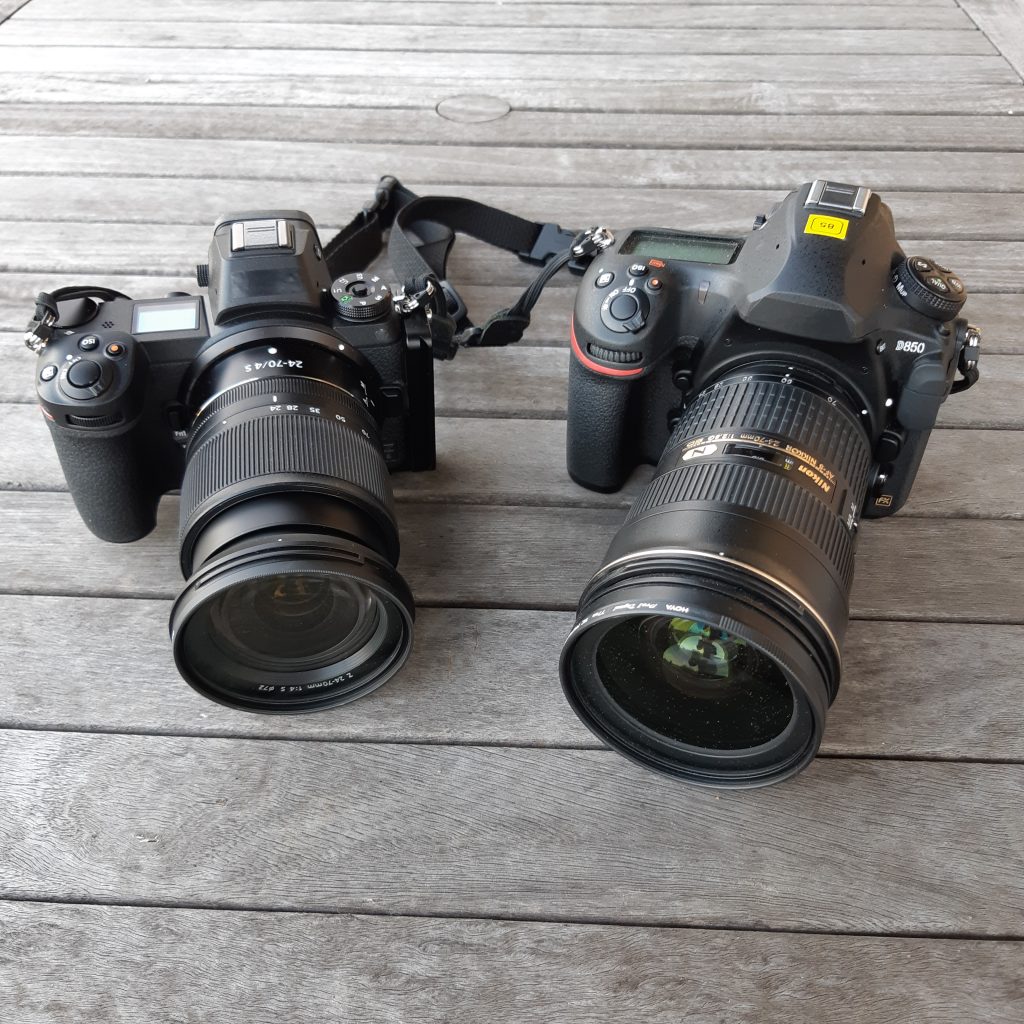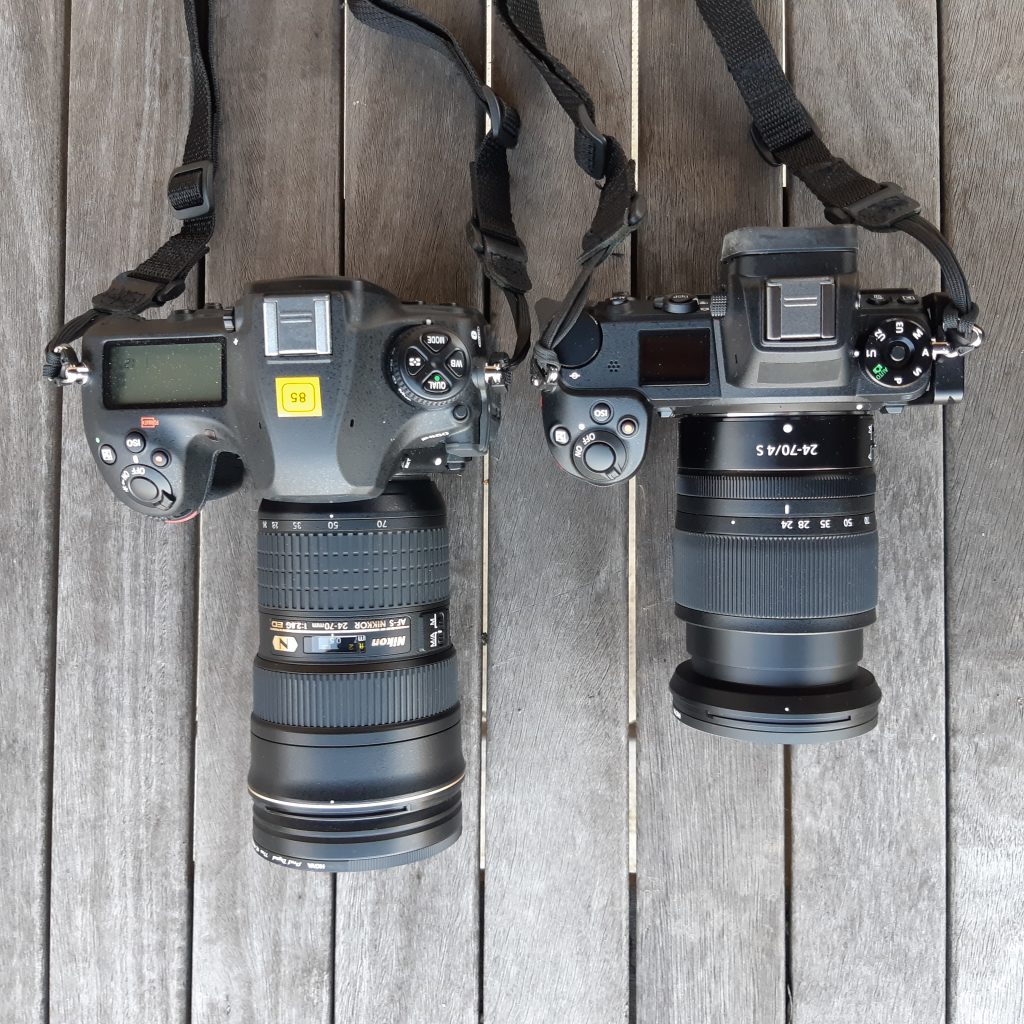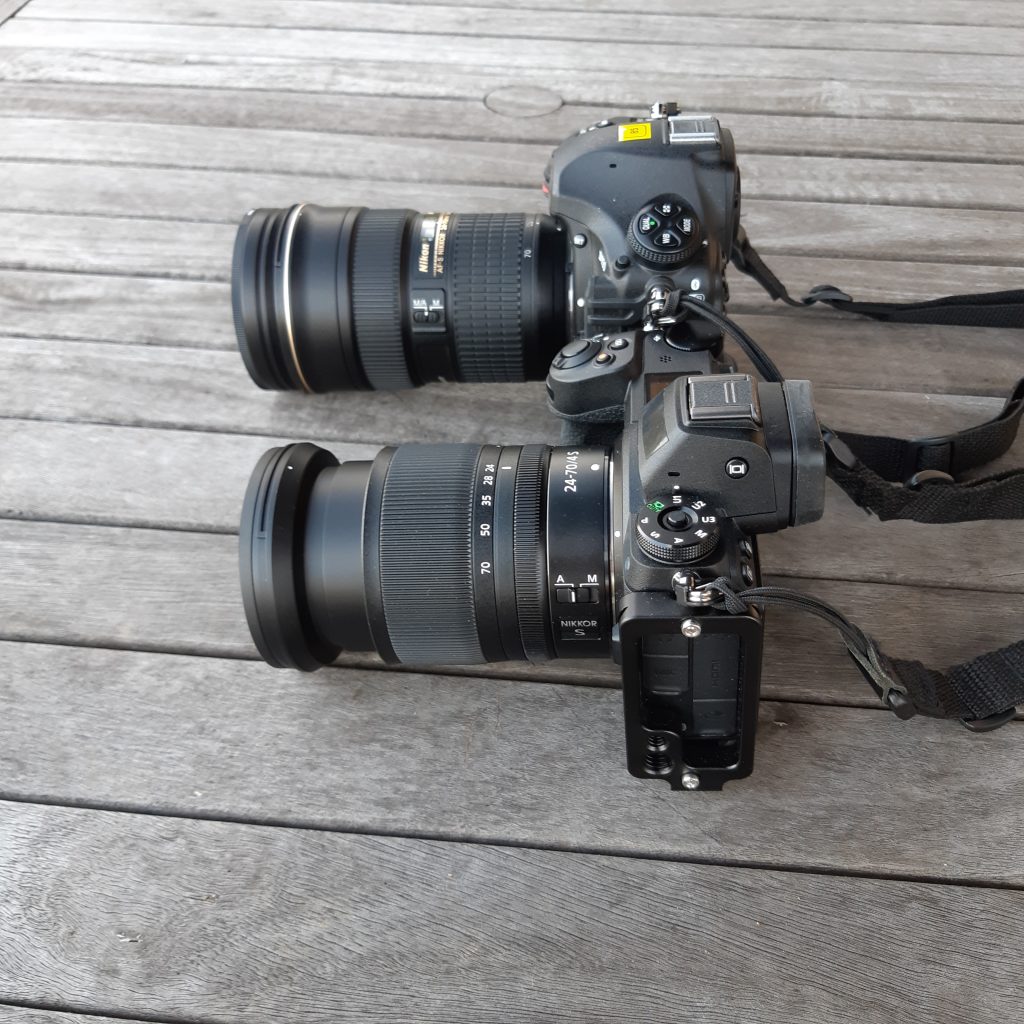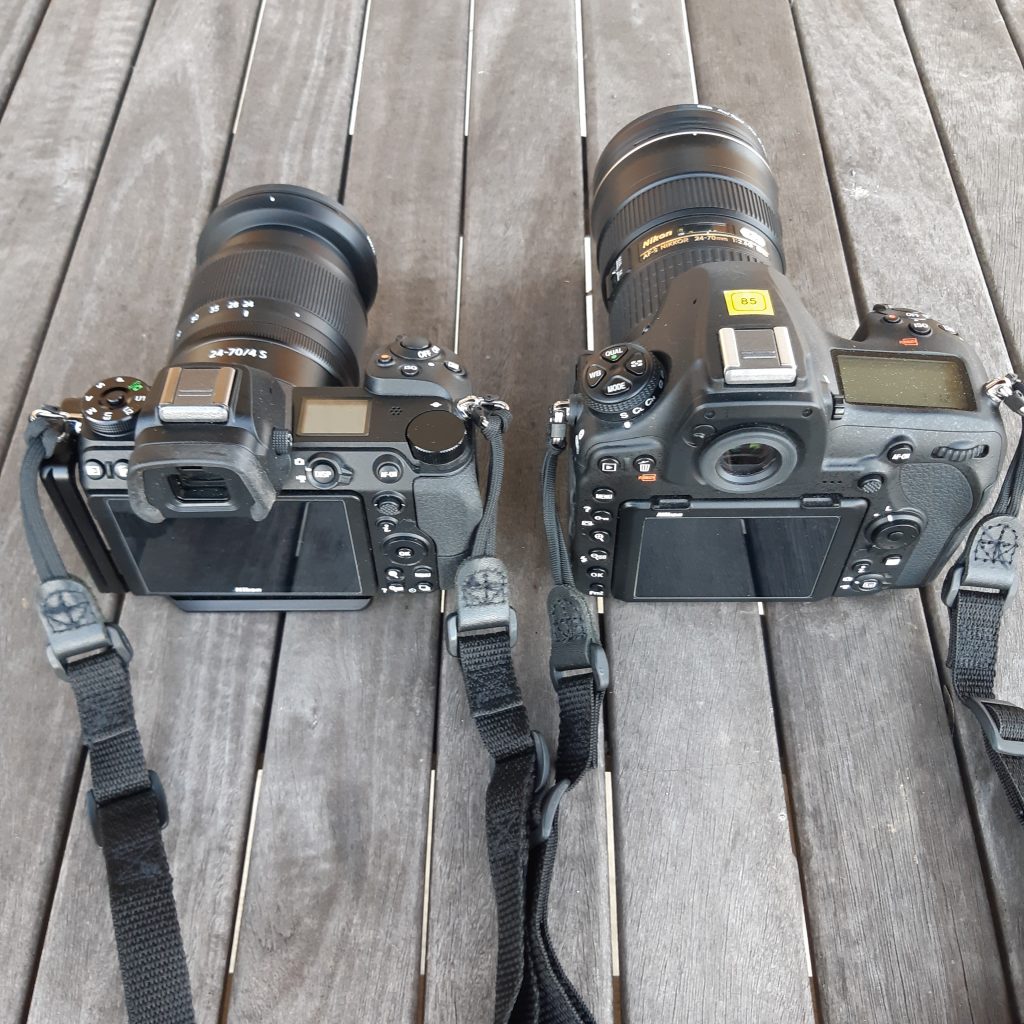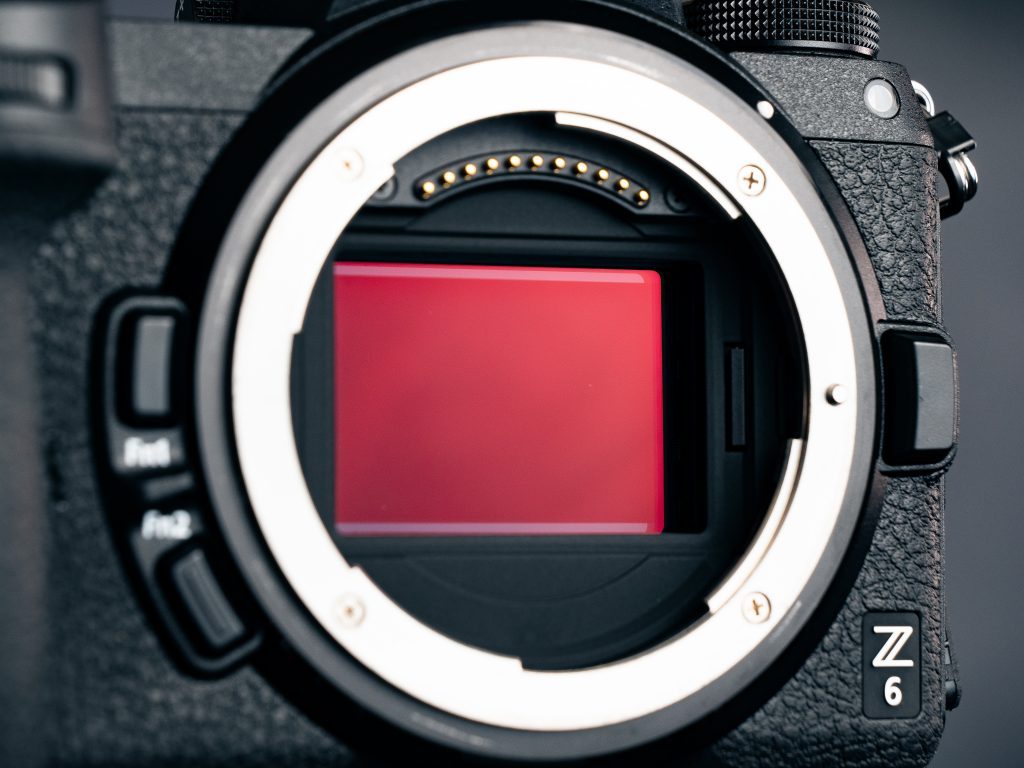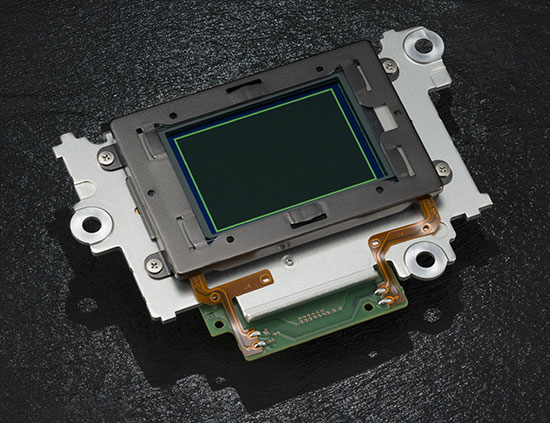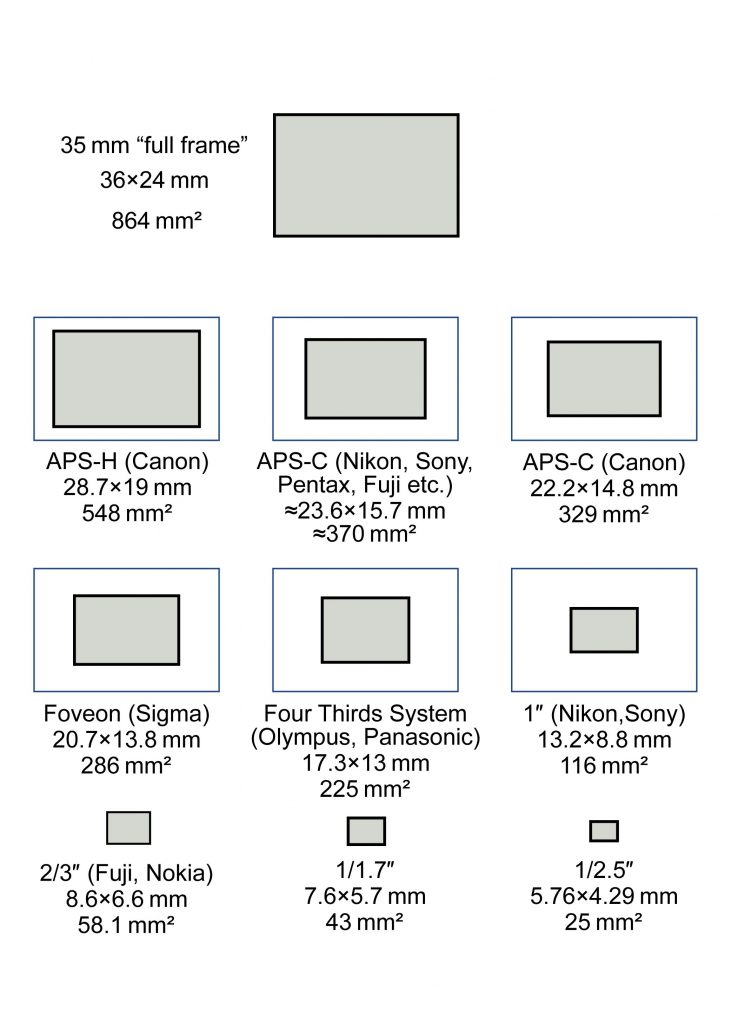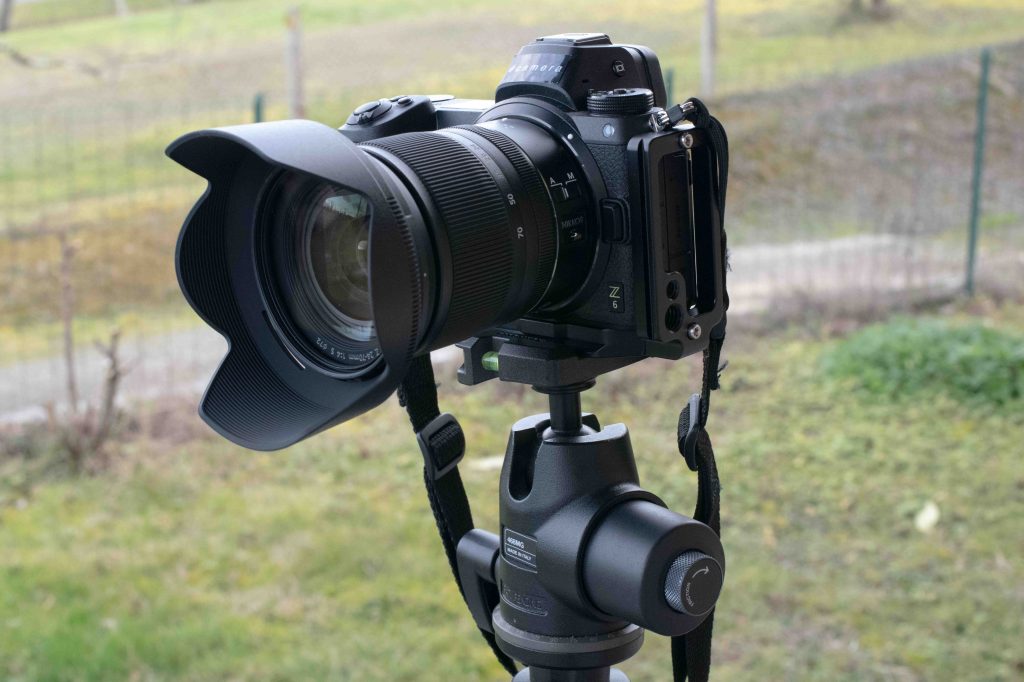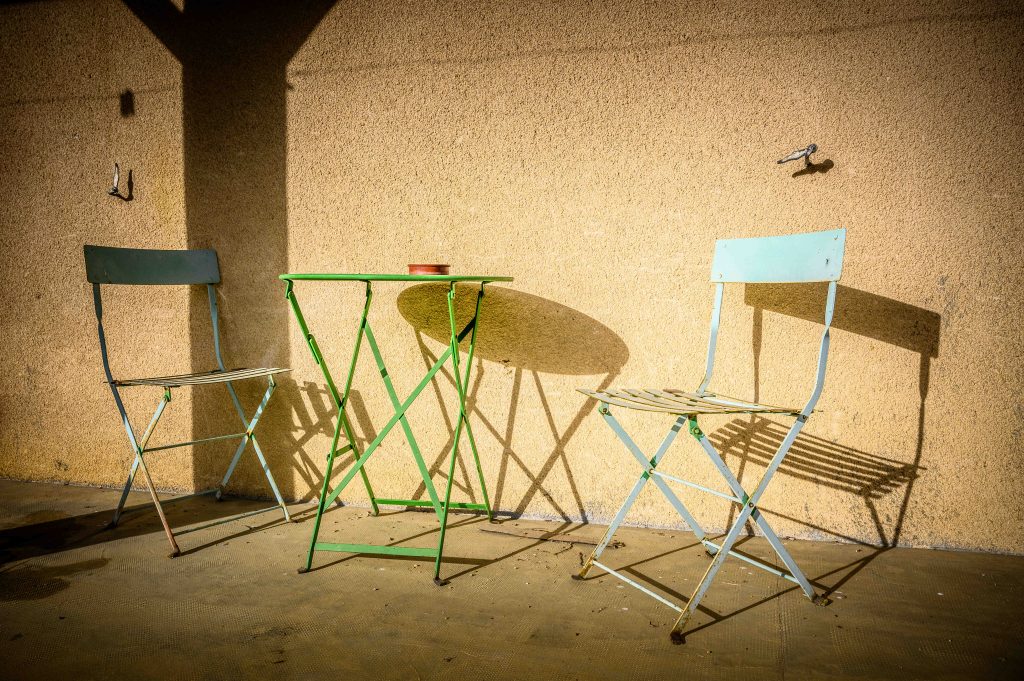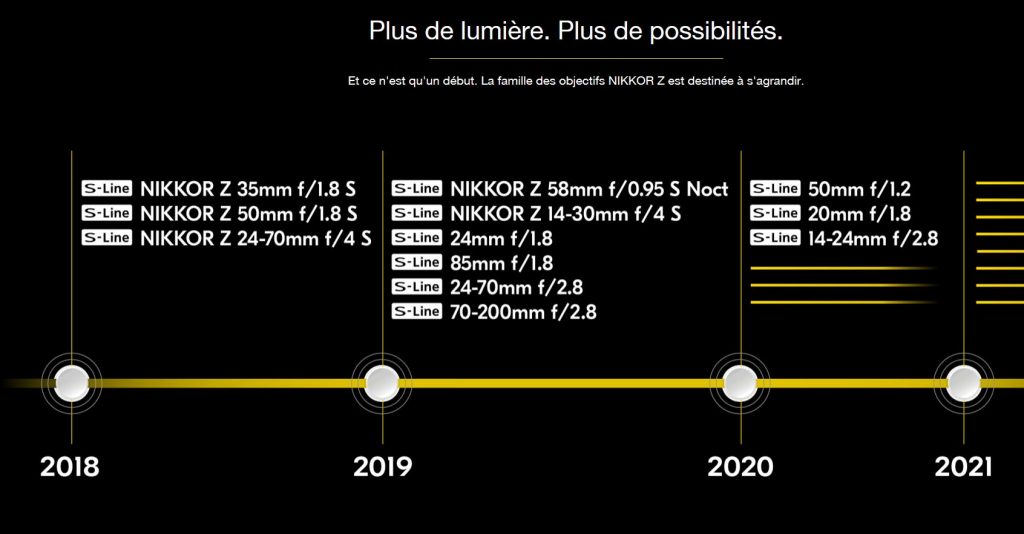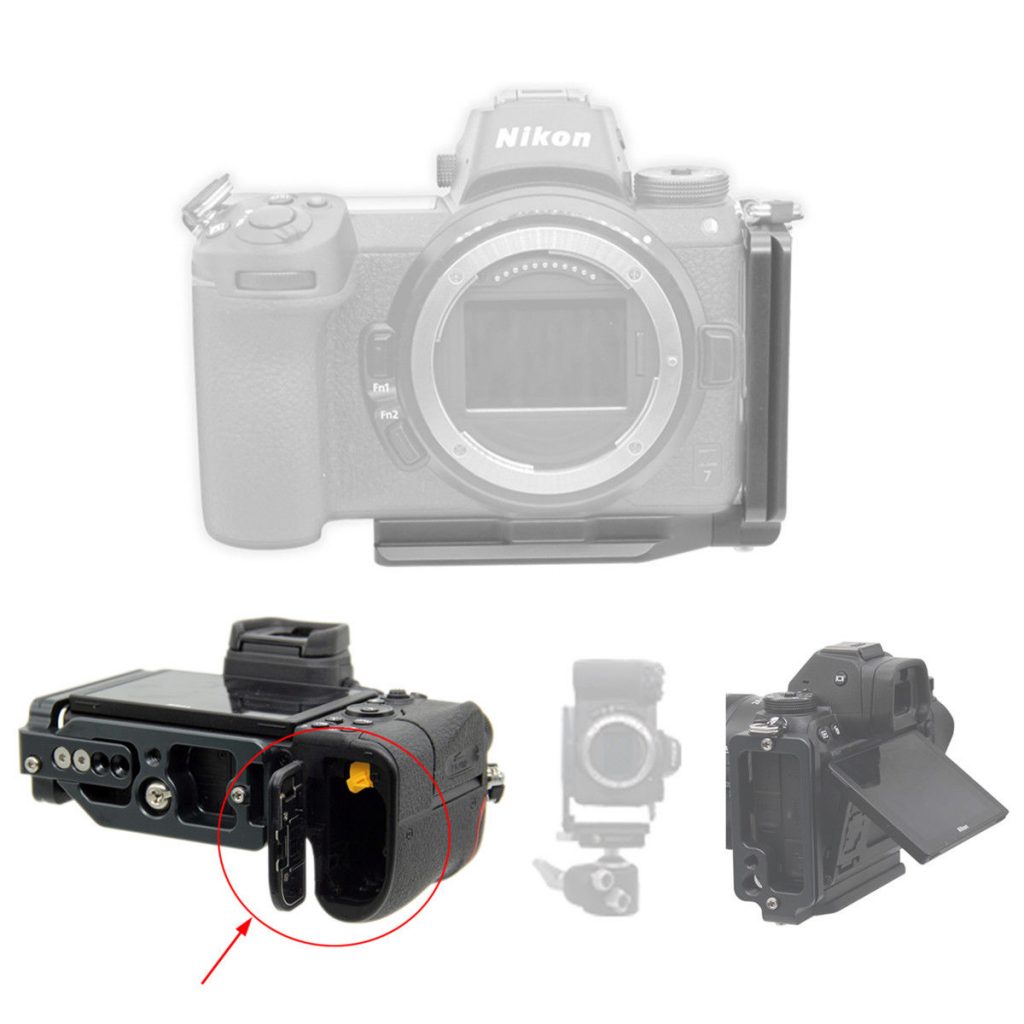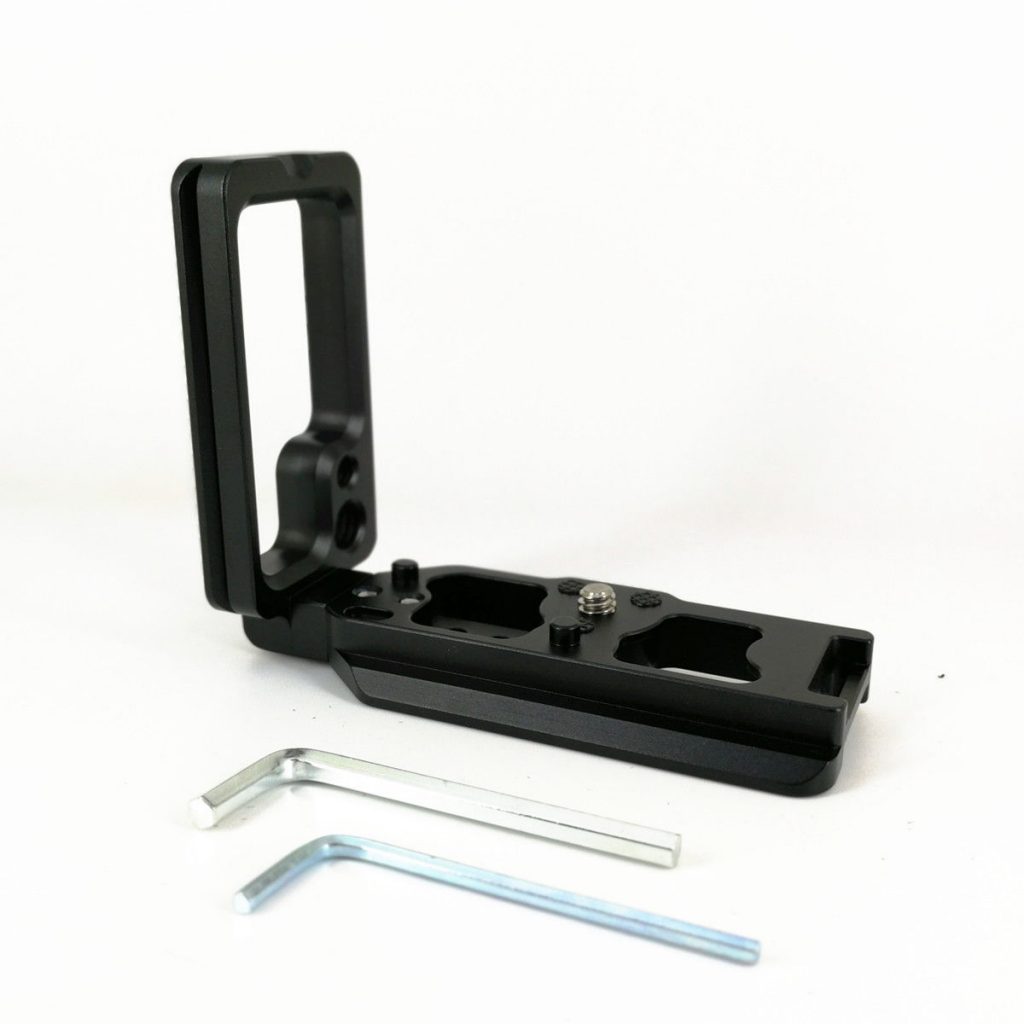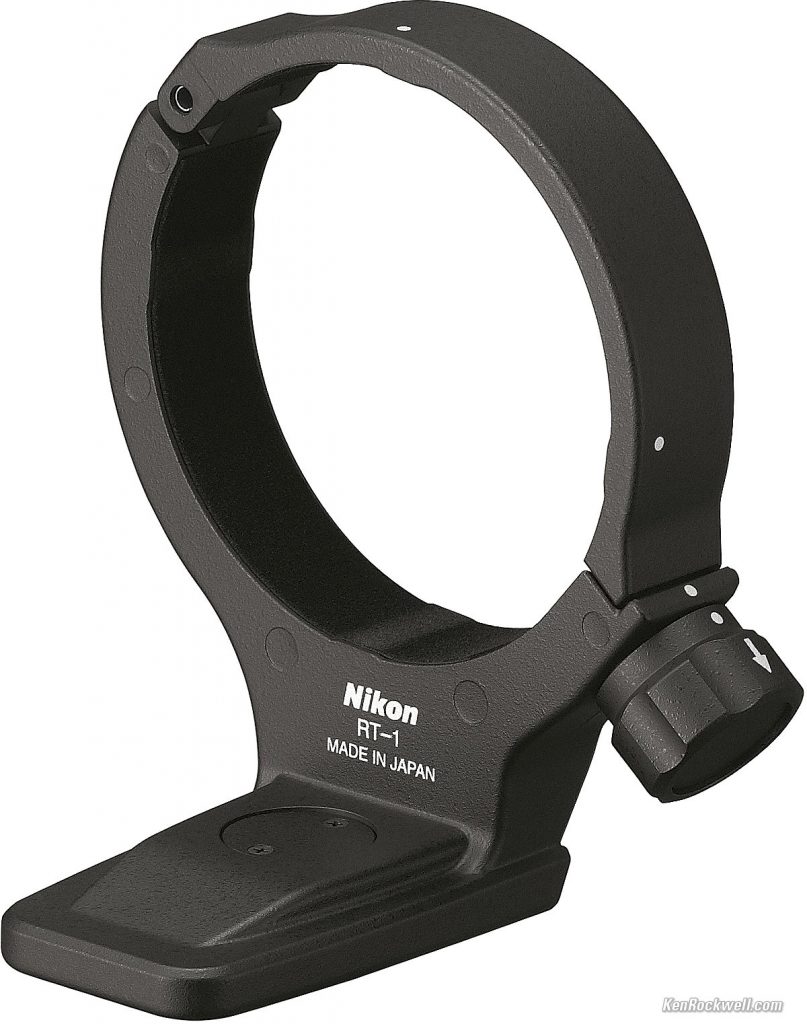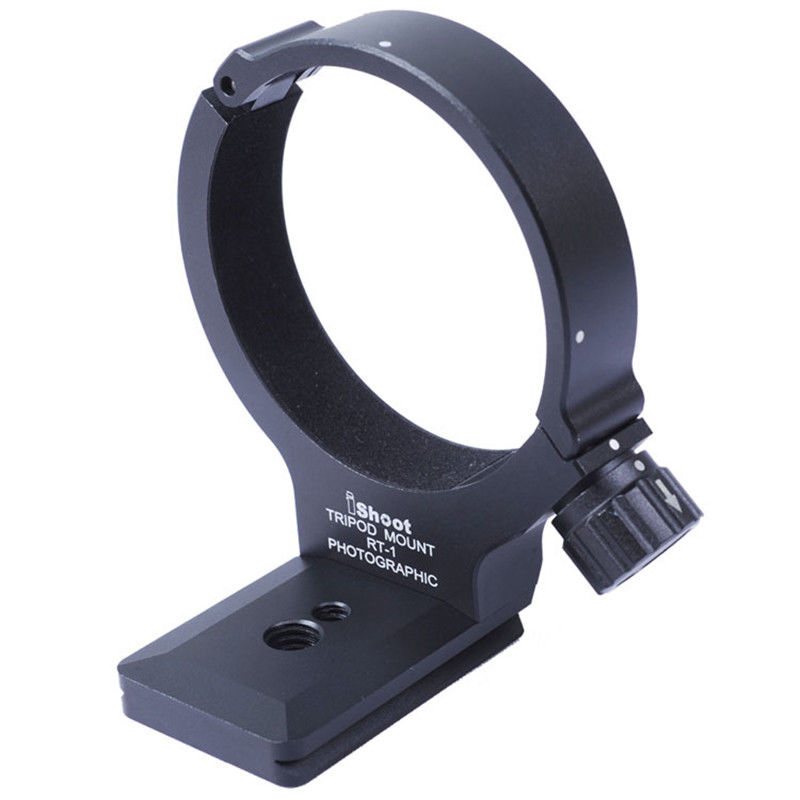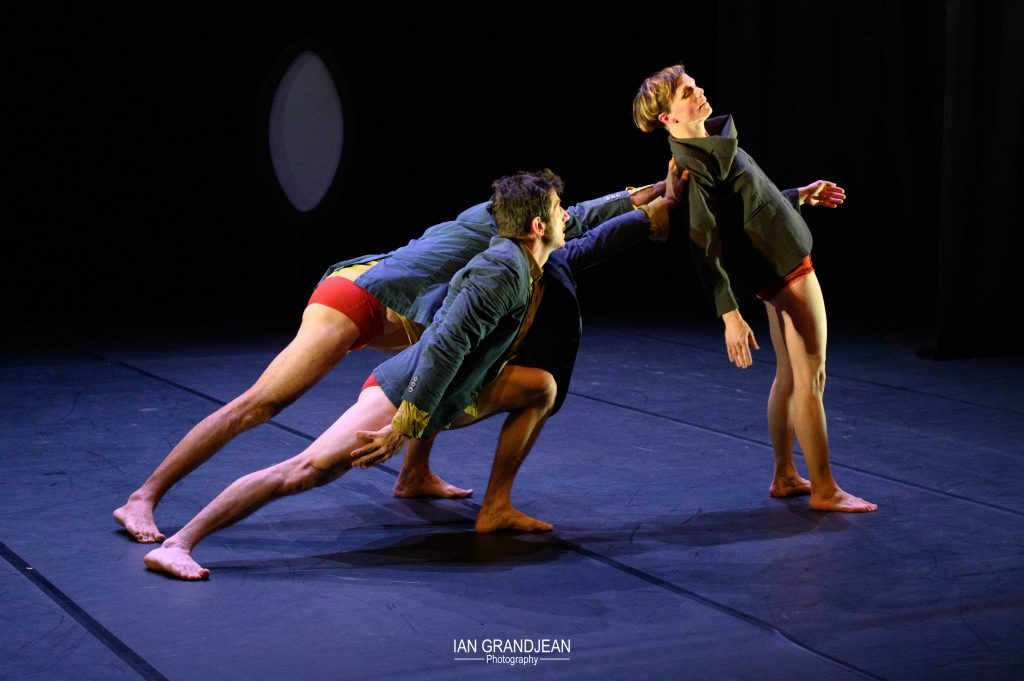As I seem to be using almost exclusively the Z 6 at the moment, it’s not unusual that I’m coming across the first few niggling problems or errors. This is a ‘new’ system, albeit built on existing technology, and therefore I would be foolish to expect it to be perfect straight-off. Close, but no big cigar…
The first problem I encountered was when I tried to setup one of the function buttons (F1, F2 etc.) to display Peaking Highlights. This is a function which is used with manual focus lenses to show when elements within the viewfinder are in focus.
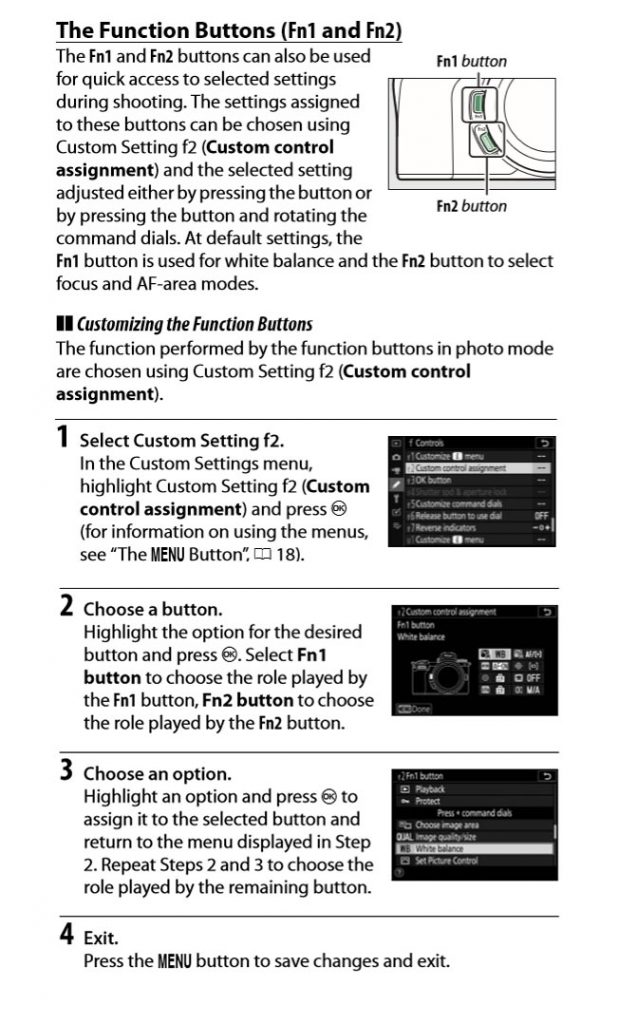
Well I followed all the instructions – the function button had it’s value reassigned – then I turned the camera off. When I turned it back on again the function button had reverted to it’s default value.
I tried a few different ways of recording the change but nothing worked…until I tried to save the modifications as a User setting (U1 in this example) The User settings (U1, U2 & U3) are selected using the dial top left of the camera body, and are a way of saving a series of often used values to be recalled easily.
I contacted NIKON France and they thanked me, said they too had tried this as a fix and that they would pass the information back to NIKON Japan.
My next niggle is possibly the more important of the two… and concerns the tiny joystick called the ‘Sub Selector’ top right of the rear screen (N° 11 in the diagram)
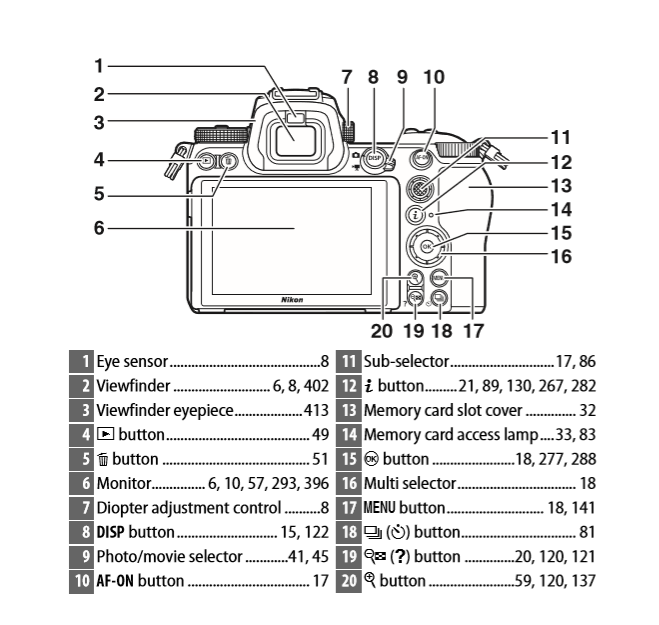
I just can’t help touching this damn thing – and as it’s main ‘raison d’être’ is to move the auto-focus point around the screen, I sometimes end up with the camera focusing on something I’m not even looking at.
It seemed perfectly reasonable to me that I could turn this function off – wrong!
I discovered that while I could assign a different function to the center button , I couldn’t stop the ‘joystick’ action – which means the AF point is constantly in a different place to where I want it (in the middle) – fortunately the AF point marker shows a tiny dot when it IS in the middle of the frame, so it’s easy to see it if has moved.
So, another series of mails to NIKON France who admitted that I was not alone in asking for this to be modified to be able to turn it off. Again, they will send all these demands to Japan and perhaps, in a few years time, we’ll get a firmware update to correct these bugs.
